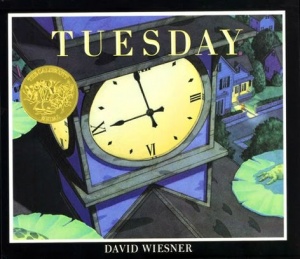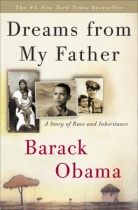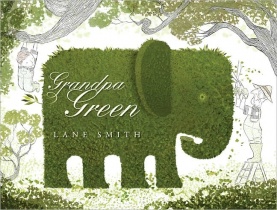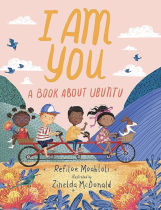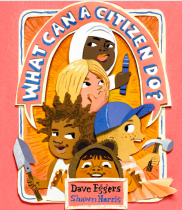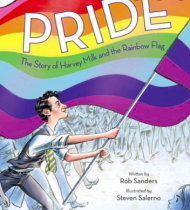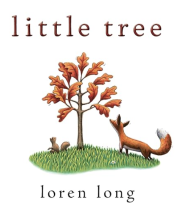Evaluation
The first time I read this book, I was unimpressed. I thought the humor was strange and the plot extremely weak. Today, I have a much different opinion. I think David Wiesner includes amazing imagery in this book. The pictures are phenomenal for many reasons. I particularly like the monochromatic color scheme of green, blues and blacks. I also love how Wiesner chooses to divide each page into various fragments. On some pages, the frogs are flying on their lilpads as a seamless group. However, on other pages he chooses to fragment sections of each page to create a comic-strip like effect. As you move across the tiny fragment you can sense the movement as if you are also on a lily pad flying through the sky. Probably my favorite two pages of the story occur at the end when the reporters are looking for the evidence as to why there are green lily pads all over the street. This would be a great time to ask your students some open ended questions. Do you think the reporters know who made the mess? Why do you think this? What clues does the picture provide us with? As a reader, I would like to think that the reporters never found out who had made the mess in the street. Sometimes the ‘magic’ of a story is not meant to be “easily understood or explained.”
K-1 students could easily create their own frog picture using a frog tracer, colored pencils and pastels. For students who were in 2nd -4th grade, I might have them write words to the wordless picture book or extend the story based on the last picture of the flying pigs. For students in 4th grade you may have them choose their favorite picture in the book and then write a story based off of that picture. What were the frogs doing? Why did they end up in that specific place? How did they begin to fly in the first place? This book is great for allowing students to practice their creative writing skills while interpreting abstract literature.
